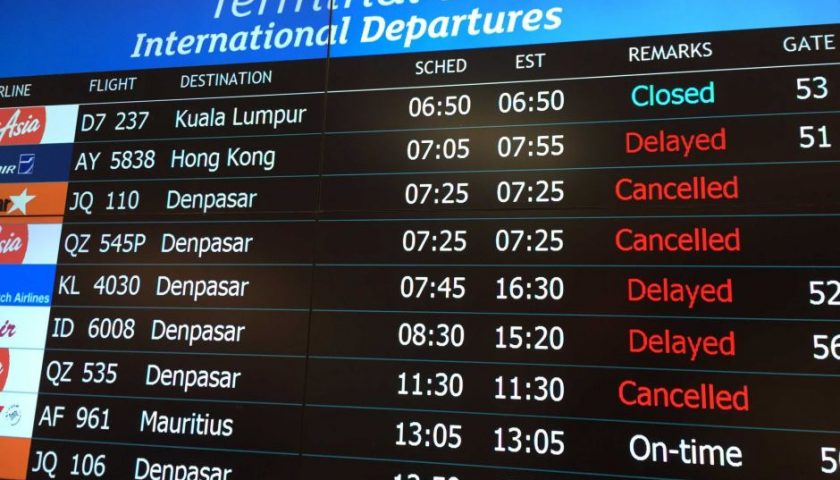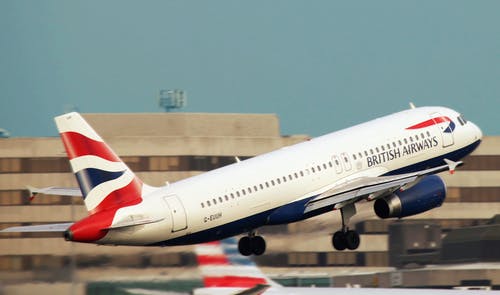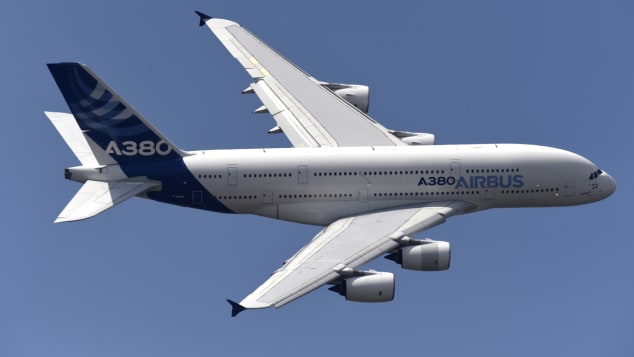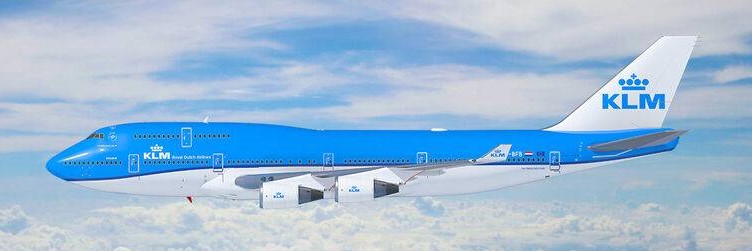COVID-19, commonly known as CORONA Virus, has cast death spell not only to the mankind, but also to some of the Aviation marvels.
With travel restrictions in almost one third of the world, flying has been hit hard. In the battle against corona, airlines round the world are identifying ways to reduce costs. Following the shrinking number of passengers, airlines have grounded flights and laid off staffs. To provide the indication of the impact, Norwegian has grounded 85 % of its flight. It has laid off 90 % of its staffs. Many airlines are following this suite.

Another decision by arlines is accelerating the phase out of fleets. Some airlines are taking decisions to phase out their fleets earlier than previously planned. Fleets having high operations cost, high fuel consumption and high maintenance cost are the ones to go. After all, survival of the fittest is the key. Some beasts are destined to go.
Boeing B747
The “Queen of Skies” houses four massive engines and has a maximum range of 14300 nm. It has capacity of carrying up to 467 passenger and hosts huge cargo hold. Although, once reigning in the skies, the fleet is losing its charm due to ageing design, and high operational costs.

When introduced commercially in 1970, it had lowest operating cost per seat.But, it was only true only when the aircraft was full. Operating cost increases rapidly with decrease in occupancy. Fuel consumption is particularly high as compared to contemporary designs. And guess what….. Fuel accounts for the highest cost of operation. Maintenance cost is also high, thanks to the complex design, periodicity of maintenance increases. Ageing aircraft adds to the maintenance cost. That is why, airlines are grounding the fleet, to survive.
Airbus A380

When this marvel was first revealed, under lots of fanfare, it was the world’s largest passenger airliner… the title it holds till date. Immediately after its launch, it snatched the title of the largest aircraft form B747. Aviation was starting to expand wings in the aftermath of 9/11. Middle East was coming up as hub of aviation, connecting Asia to western world. Sheikhs were pouring in big money in the airlines. An unannounced competition was going on to be the best airlines. Mega airports were built in the middle eastern desert.

On the other hand, passengers were becoming more demanding. They were demanding elegant cabin with luxuries once boasted only by private jets. All these set a platform of high hopes for A380. With its tremendous size, it provided space for all luxuries that passengers demanded. Of course, the cost of operation increased massively. But who cares. It became pride of the mega airports.
But almost immediately after its maiden passenger flight in 2005, the world bumped into recession in 2008. Flying became expensive. Coupled with increasing price of fuel, all the elegance was overshadowed by the cost. Slowly, the fleet lost its market share finally persuading Airbus to cease production. But yet, airlines were flying the aircraft.
What other things contributed
Flying has always been a dynamic affair. Markets change sooner than they build up. What once seemed a never ending thirst for giant aircraft, luxurious aircraft, suddenly shifted to low cost, smaller, aircraft. Budget airlines like Ryan, Easy Jets, Indigo, etc were paradigm shift. Airlines are operating frequent flights to a destination with small passenger size, rather than one flight with large passenger size. This strategy has provided more flexibility to passengers . Thus, passengers are eyeing small carriers.
This, alongside the huge operational cost of the bigger aircraft made these beasts uneconomical to fly.
The Death spell
In the already troubled market for the the jumbos, travel ban across the world has proven a death spell. Almost one third of the world is under some form of lock down. Passenger mobility has been limited. This has resulted in grounding of the aircraft.

Aircraft is costly to fly. But it is even more costlier to ground. Aircraft has to be maintained according to the procedures, whether it is ground or flying. While flying maintains the cash flow, grounding only costs the airlines. In addition to the maintenance, the cost of parking the aircraft.
The effect of virus is expected to push the world economy towards depression. Airlines fear that the depression shall severely affect the ability of middle-class to travel frequently. This in turn, will affect the number of passengers over years.
Thus, airlines have started drawing conclusion that maintaining these white elephants will only cost the limited resources of the airlines rather than earning dollars. For some airlines, this could prove fatal. Hence. airlines have started phasing out these aircraft earlier than planned to save their valuable resources. Corona Virus has proven to be the deaths spell for these airlines.
Which airlines are retiring these aircraft?
KLM has retired its B747 from 29 March, 2020; one and half year earlier than the planned date of December, 2020. Rumors are popping int he industry that Qantas may follow the suite. Qantas has already grounded all of its B747 and plans to retire the fleet by 2021.

As of today, almost all airlines have grounded their A380. The likes of Qantas, Asiana, Korean Air, Air France, all have grounded their A380s. No news has yet come about retirement plan of A380. However, there is no guarantee that those grounded aircrafts will ever take on the skies.. ever again.
With the diminishing number of passengers, its getting hard to fill the passengers, And flying these beasts without passengers is the last thing you would want to do during this troubled time.
Death spell has been cast. Only question now is till when will these beasts survive?
As Darwin said: Survival of the fittest is the key.

